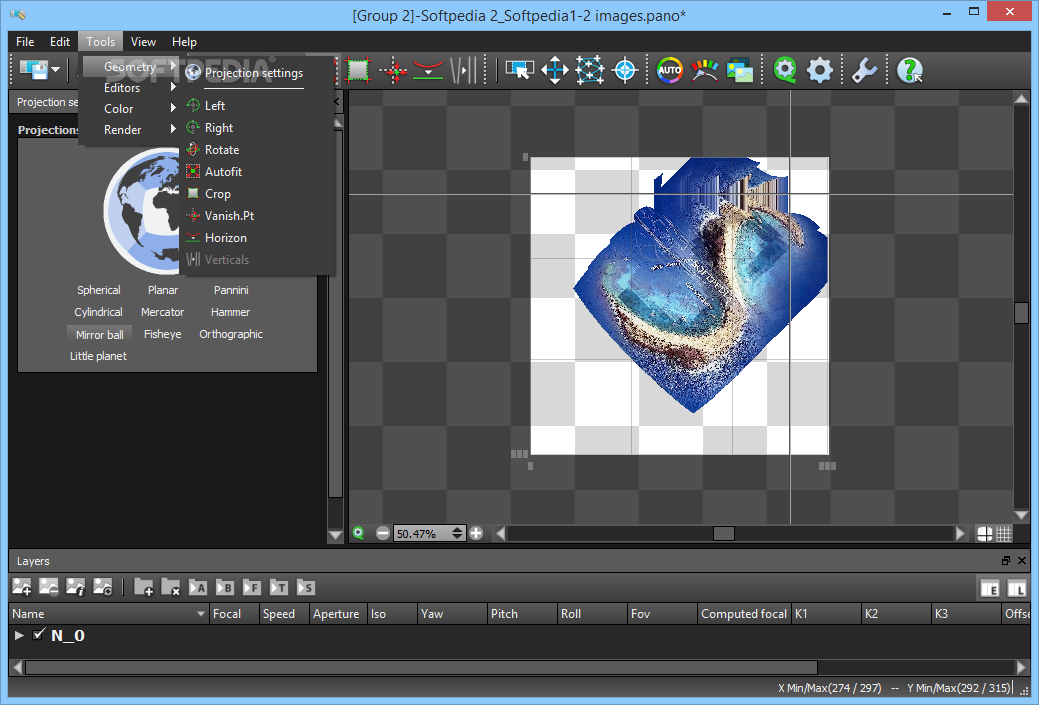

This is an important step! If the camera is tilted, the longer your panorama, the less overall useable space you will have when it is leveled and cropped. If not, I would need a little level, like this one. I did this using the back of camera screen level that comes with the Canon 7D. So I set up my tripod and made sure the base was level. I didn’t have the immersion viewer in mind when creating this, just a traditional super wide image for print. My plan was to shoot the scene as a single swatch of panorama. Also important was good stability of the ground so I or my tripod would not slip. Important in this step was to find a location with good visibility that would allow me to see over the roofs, but still capture the stupa in the middle of the village. Scouting your location really helps when timing, as with a sunrise, is critical.Īfter getting myself out of bed and trudging up a small hill to the location, scaring a dzokyo with horns (it’s a cross between a cow and a yak) over a fence in the process, and after avoid his ‘cow pies’ (I’m not romanticizing this process enough, am I?), I set up my camera.

I had scouted a likely spot the night before and I had taken nearly this same photo in 2008 while trekking. I knew I needed to be up at least an hour before the sunrise in order to get dressed (it was a bit cold), grab a snack and find my location. The other important piece of equipment was an alarm clock. I had the aid of a number of computer programs:Īdditionally, the hardware I used included: It’s not magic and it’s something you can accomplish. To answer the question, “How did you make that?” I offer this post as instruction. Title: Nepal Himalaya Panorama Exploration The image can be found at this post and a static version is shown here: You will need to click over to my blog to view the immersion panorama described in this demo because DPS does not yet support embedding the SWF file type.

Take a look at this tutorial if you are curious for a step by step on creating your own immersion panoramas. This method is more practical for those of us without fisheye lenses. I took their methodologies and applied them to some of my own panoramas, which do not cover 360 degrees all around. Here’s a good case for mixing them together.Īs you say previous on the Q&A with Uncornered Market, creating panorama’s can create some amazing images. Have I mentioned how much I love photography and technology.


 0 kommentar(er)
0 kommentar(er)
